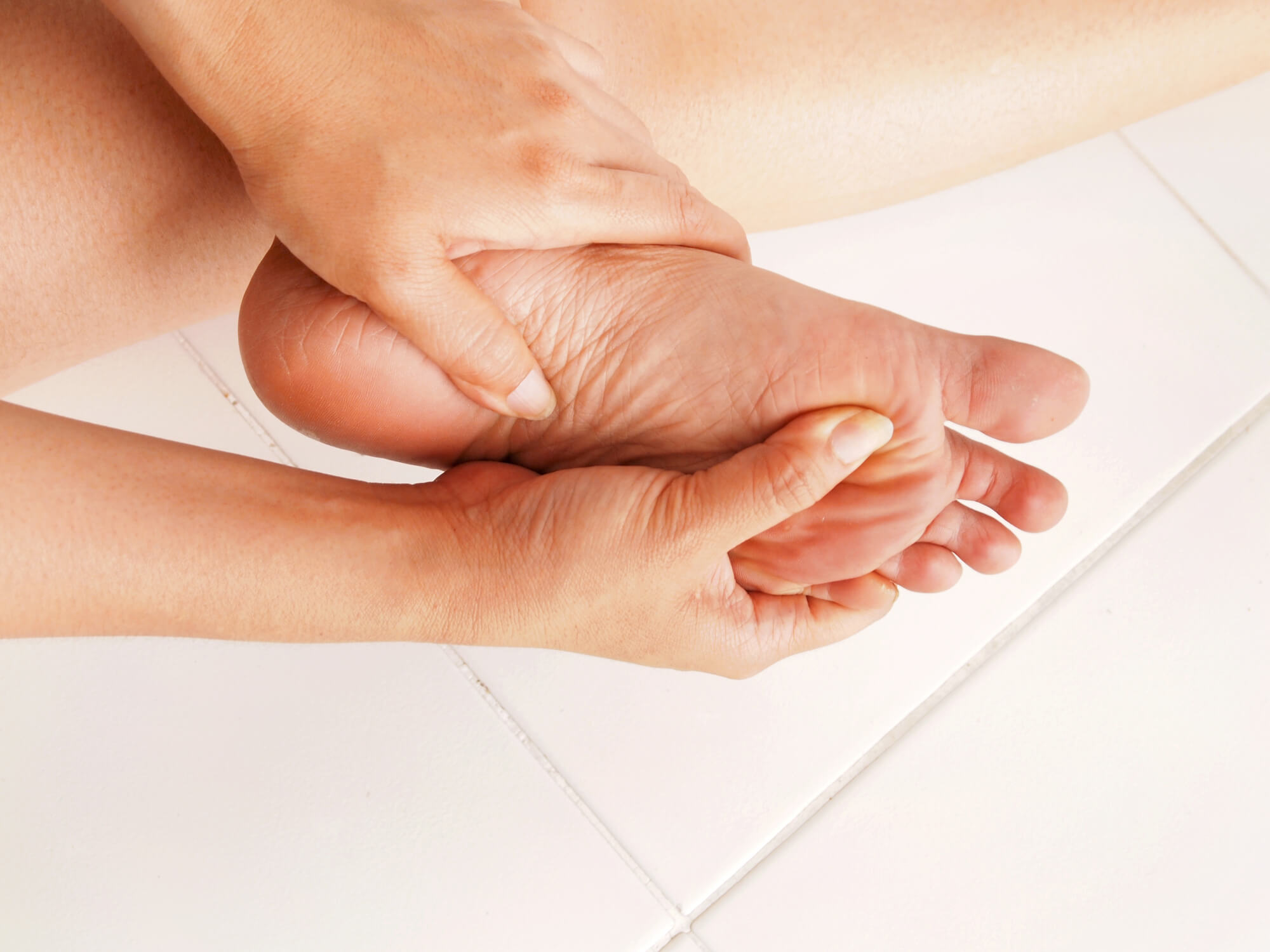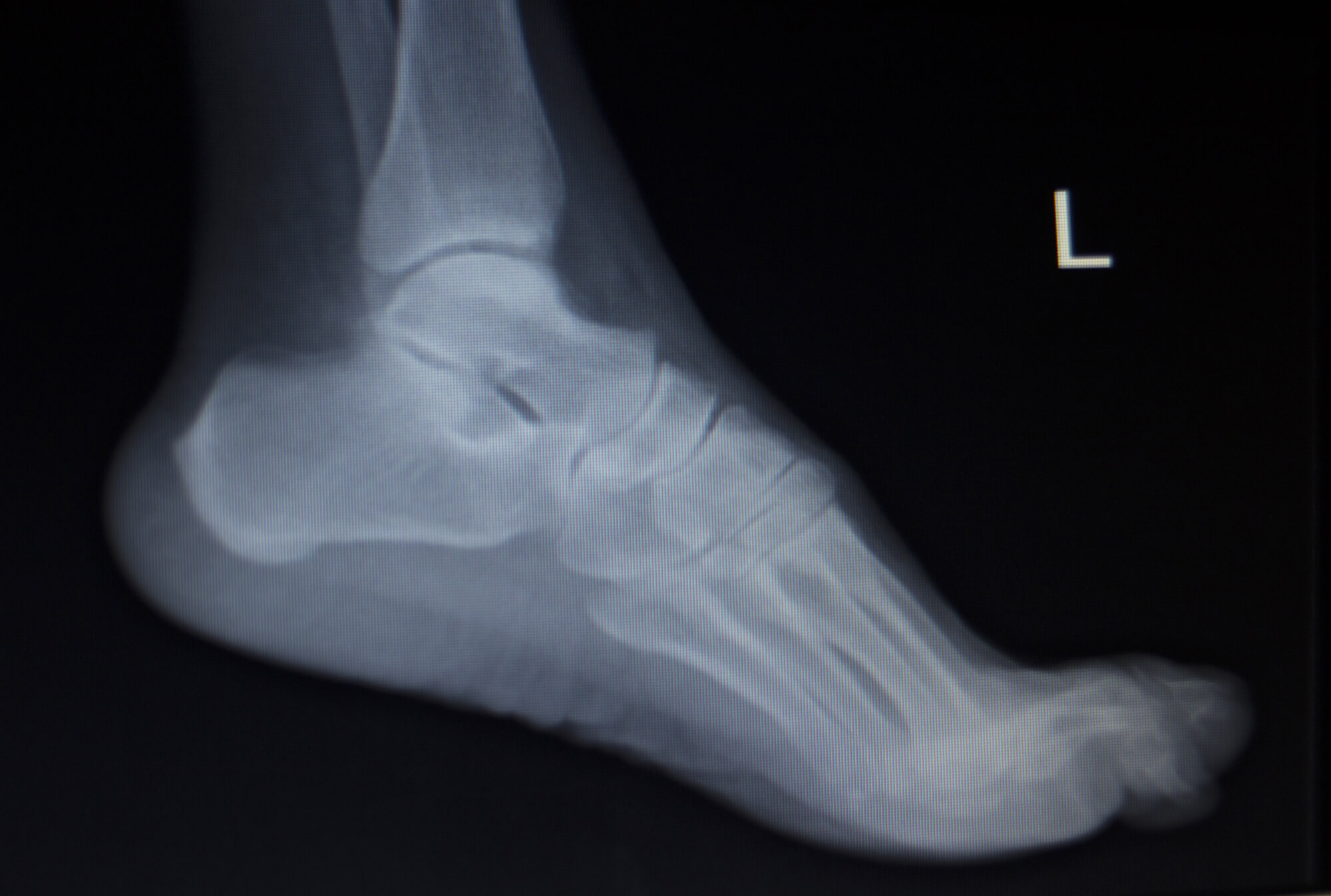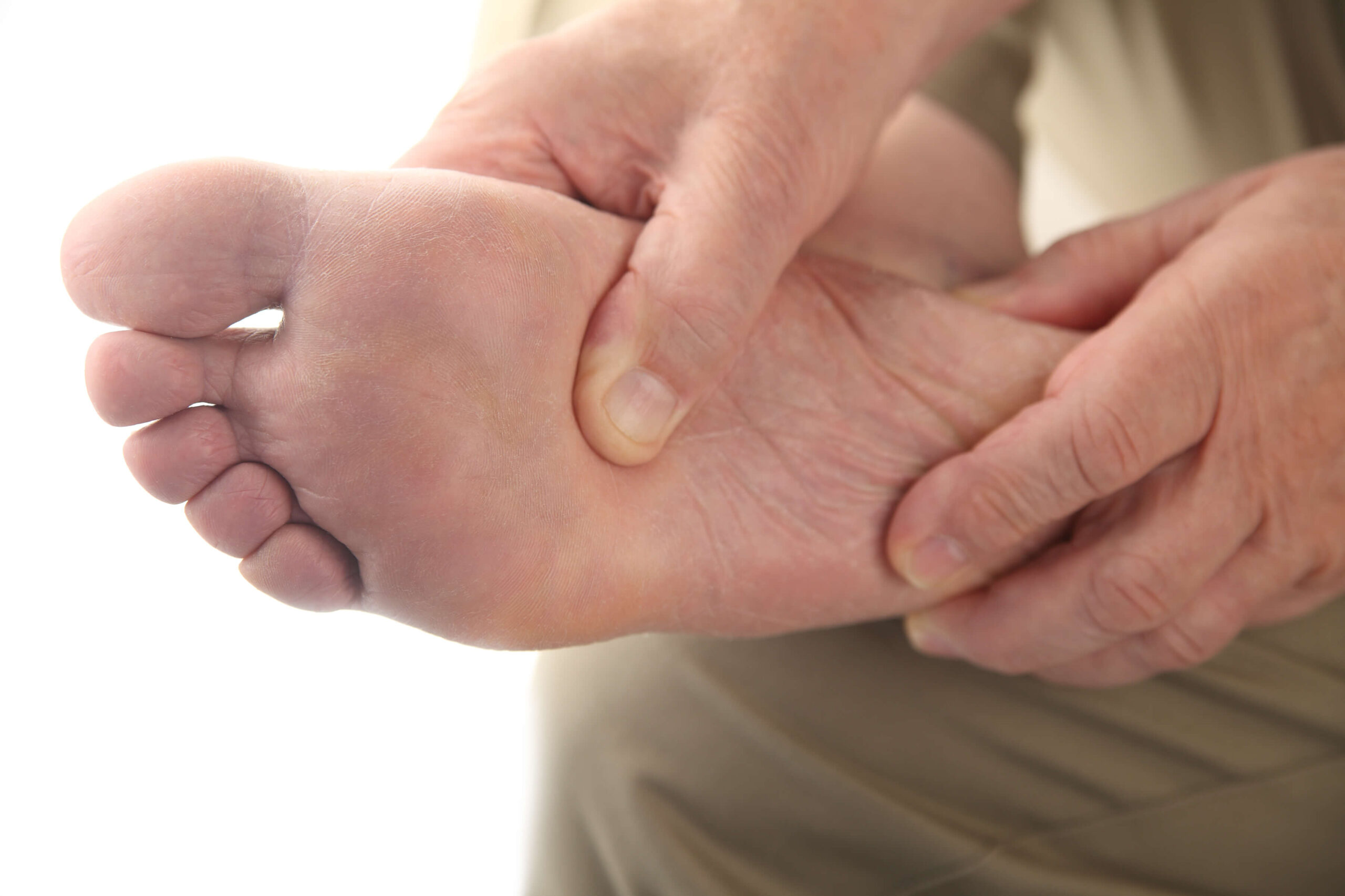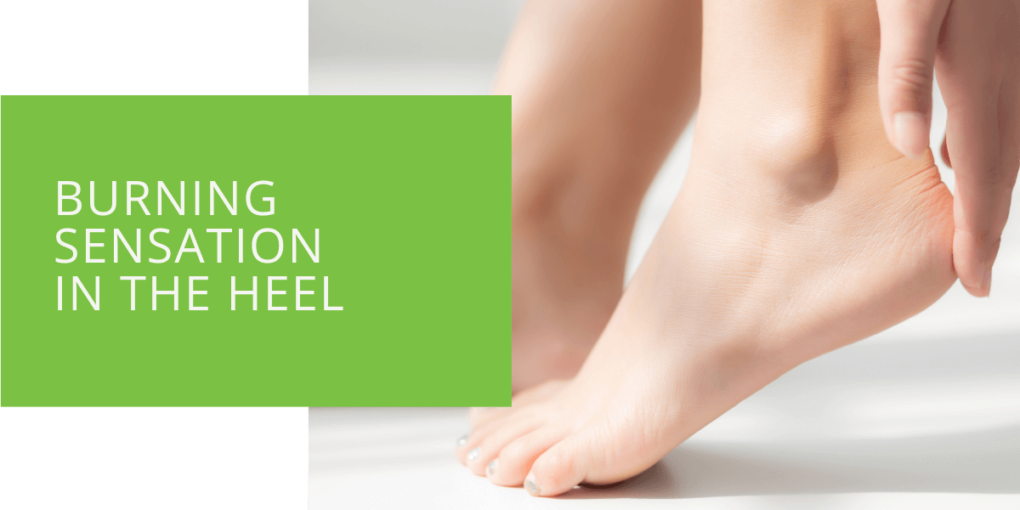Burning Sensation in the Heel: Causes & Treatments
Heel pain is a common complaint among adults. About 2 million people each year seek treatment for heel pain. One type of heel pain that can be particularly bothersome is a burning sensation in the heel, which can be both painful and frustrating. In this article, we'll delve into the possible causes of burning in the heel and explore treatment options to help you find relief.
Causes of Burning in the Heel
There are several potential causes of burning in the heel, some of which are more common than others. Here are a few possibilities:
Plantar Fasciitis
This is a common cause of heel pain and burning, particularly in people who are active or overweight. The plantar fascia is a band of tissue that runs along the bottom of the foot, connecting the heel bone to the toes. When this tissue becomes strained or inflamed, it can cause pain and burning in the heel. Plantar fasciitis is often caused by overuse or improper footwear, and it is more common in people who have flat feet or high arches.

Heel Spurs
Heel spurs are bony protuberances that can form on the heel bone, and they can cause pain and burning in the heel. Heel spurs are often the result of plantar fasciitis or other types of heel pain, and they can be accompanied by swelling and redness.
Overuse Injuries
People who engage in high-impact activities or sports, such as running or dancing, may be more prone to overuse injuries that can cause burning in the heel. These injuries can be caused by repeatedly stressing the heel and surrounding tissues, leading to inflammation and pain.
Other Medical Conditions
In some cases, burning in the heel may be caused by other medical conditions, such as nerve damage, arthritis, or even diabetes. If you are experiencing heel pain and burning that doesn't seem to be related to overuse or other common causes, it is important to consult with a healthcare provider to determine the underlying cause.

Diagnosis and Treatment of Burning in the Heel
If you are experiencing burning in the heel, it is important to seek medical attention to determine the underlying cause and receive proper treatment. Here are some steps that may be involved in the diagnosis and treatment process:
- Physical examination: Your healthcare provider will likely start by performing a physical examination of your foot, checking for swelling, tenderness, and other signs of inflammation. They may also ask you about your activity level, any medications you are taking, and any other medical conditions you may have.
- Imaging tests: In some cases, your healthcare provider may recommend imaging tests, such as x-rays or MRI, to get a better look at the structures in your foot and heel. These tests can help to confirm a diagnosis or rule out other potential causes of heel pain and burning.
- Conservative treatment: If the cause of your burning heel is determined to be plantar fasciitis or another overuse injury, your healthcare provider may recommend a course of conservative treatment to help alleviate your symptoms. This may include stretching exercises, icing, and the use of orthotic inserts or other supportive footwear.
- More invasive treatment: In some cases, more invasive treatment may be necessary to address burning in the heel. This could include physical therapy, corticosteroid injections, or even surgery in severe cases. Your healthcare provider will work with you to determine the best course of action based on the severity of your symptoms and the underlying cause of your heel pain.

Tips for Managing Burning in the Heel at Home
In addition to following your healthcare provider's recommended treatment plan, there are a few things you can do at home to help manage burning in the heel and find relief from pain:
- Rest and ice: It's important to give your heel a break and allow it to heal, so try to avoid activities that put a lot of strain on your foot. Applying ice to the affected area for 20 minutes at a time can also help to reduce inflammation and numb the pain.
- Stretching exercises: Stretching the muscles and tissues in your foot and heel can help to improve flexibility and reduce pain. Some simple stretches to try include the plantar fascia stretch, calf stretch, and toe stretch.
- Proper footwear: Wearing shoes that offer good arch support and cushioning can help to reduce the strain on your heel and alleviate pain. Avoid shoes with high heels or thin soles, as these can put extra pressure on your heel.
- Over-the-counter pain relief medication: Nonsteroidal anti-inflammatory drugs (NSAIDs), such as ibuprofen and naproxen, can help to reduce inflammation and alleviate pain. Just be sure to follow the recommended dosage and speak with a healthcare provider before taking any medication.

Conclusion
If you are experiencing burning in the heel, it's important to seek medical attention to determine the underlying cause and receive proper treatment. From plantar fasciitis to heel spurs and other medical conditions, there are a variety of possible causes of heel pain and burning.
Conservative treatment options, such as stretching and the use of orthotic inserts, can often help to alleviate symptoms, but more invasive treatments may be necessary in some cases. By following your healthcare provider's recommendations and taking steps to manage pain at home, you can find relief from burning in the heel and get back to your normal activities.

